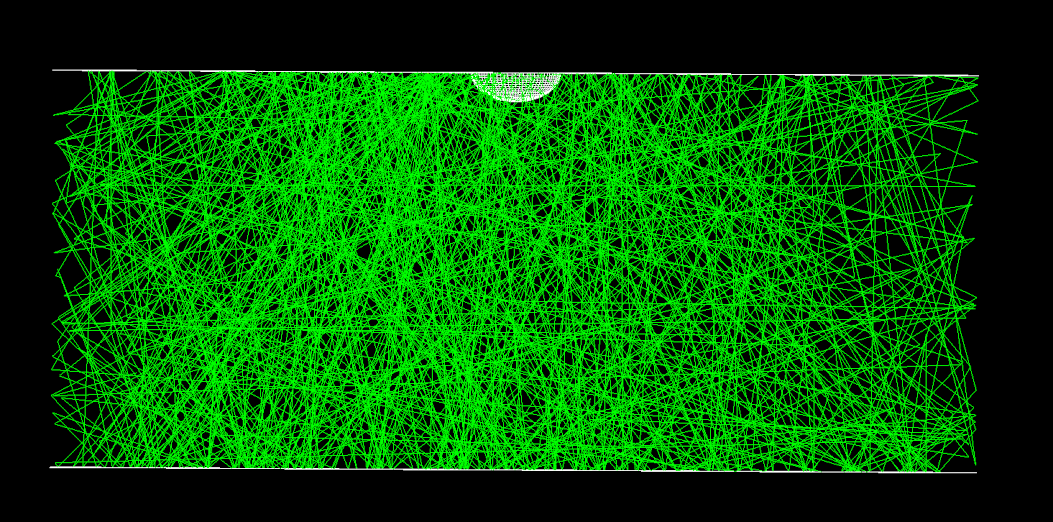Using the Service
In this section you will learn:
- How to access the computing resources
- How to create a virtual machine or a virtual cluster
- How to calculate the atmospheric background radiation at some place by using the LAGO dockers and the cloud computing resources
Learning activities
The ARTI Framework
ARTI is A framework designed to simulate the signals produced by the secondary particles emerging from the interaction of the flux of primary cosmic rays with the atmosphere. These signals are simulated for any particle detector located at any place (latitude, longitude and altitude), including the real-time atmospheric, geomagnetic and detector conditions. Below you can see the simulation of the response of one of the LAGO water Cherenkov detectors, or WCD as we name them, when a muon traverse the detector.

You can try ARTI by cloning or downloading it from our repository or you can try one of our docker files.
The ARTI Framework: Cosmic Rays Atmospheric Background Simulations
Christian Sarmiento-Cano, Mauricio Suárez-Durán, Rolando Calderón-Ardila, Adriana Vásquez-Ramírez, Andrei Jaimes-Motta, Luis A. Núñez, Sergio Dasso, Iván Sidelnik and Hernán Asorey (for the LAGO Collaboration)
European Journal of Physics C, accepted
arXiv:2010.14591[astro-ph.IM] (2022).If you don't have access to EPJ C, you can download it from arXiv.
LAGO onedataSim: tools for ARTI on OneData
onedataSim standardises the simulations and their analysis in LAGO Collaboration to curate, re-use and publishes the results, following the Data Management Plan (DMP) established.
For this purpose, onedataSim packets ARTI and related software into a Docker image, giving researchers the advantage of obtaining results on any platform and publishing them on LAGO repositories.
Try onedatasim on your own computer by using the onedataSim (S0) docker from the LAGO docker hub.
A Novel Cloud-Based Framework For Standardized Simulations In The Latin American Giant Observatory (LAGO)
Rubio-Montero, A. J., Pagán-Muñoz, R., Mayo-García, R., Pardo-Diaz, A., Sidelnik, I., & Asorey, H. (2021, December).
In 2021 Winter Simulation Conference (WSC) (pp. 1-12). IEEE. DOI:10.1109/WSC52266.2021.9715360 arXiv:2204:02716 [astro-ph.IM]
If you don't have access to IEEE, you can download it from arXiv.
LAGO TS: astroparticle and detector response simulations in cloud-based environments
LAGO TS consist of a set of tools that allow the calculation of the expected flux of atmospheric radiation and detector response in cloud-based environments and producing data complying with the FAIR principles.
In this hands-on presentation, a step-by-step guide for creating and accessing virtual environments, deploying the dockers containing the computations and running different types of simulations is explained.
Prepare your browser and terminal and follow this hands-on talk.
The LAGO TS workflow
Once you complete this section, you should be able to properly describe the complete LAGO TS workflow.
So, after completing this section, take a look at this image and try to explain how the LAGO TS workflow, from providers to the FAIR principles, by using your own words.
